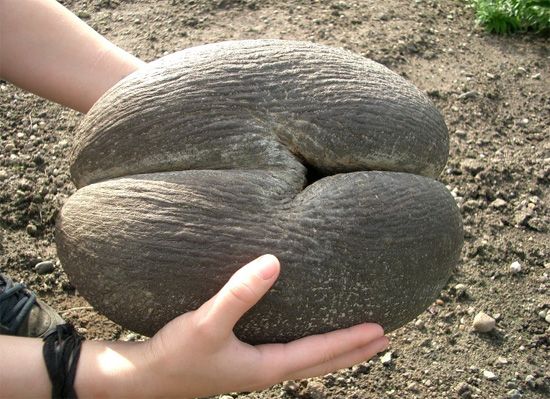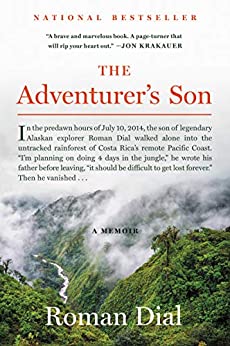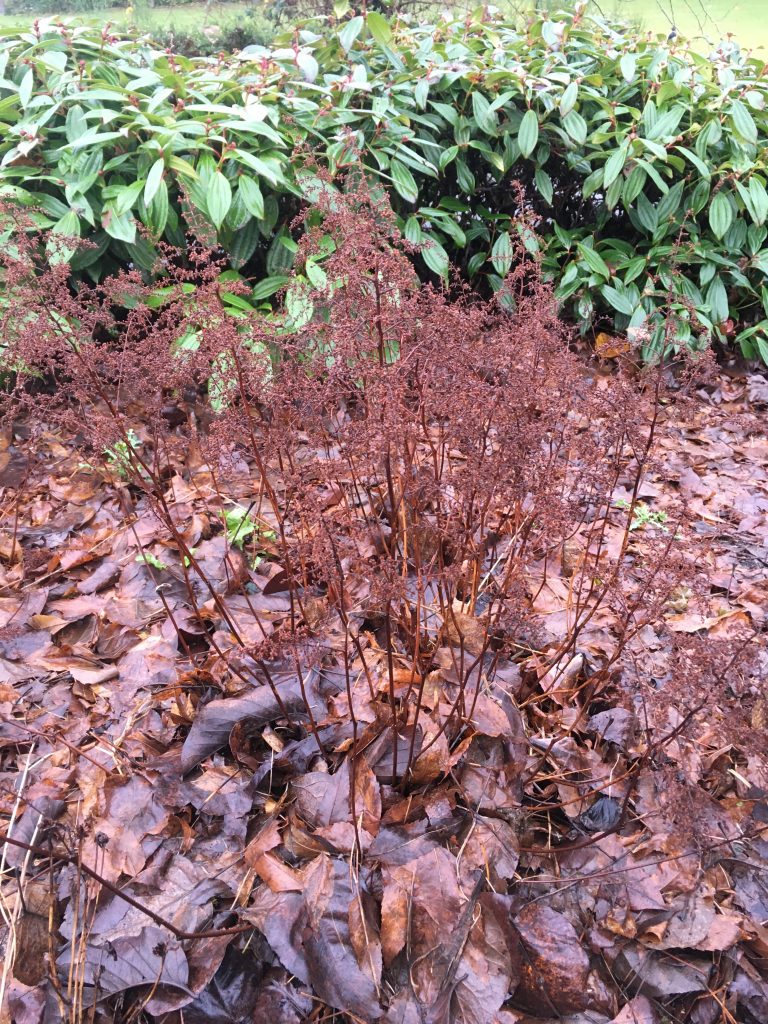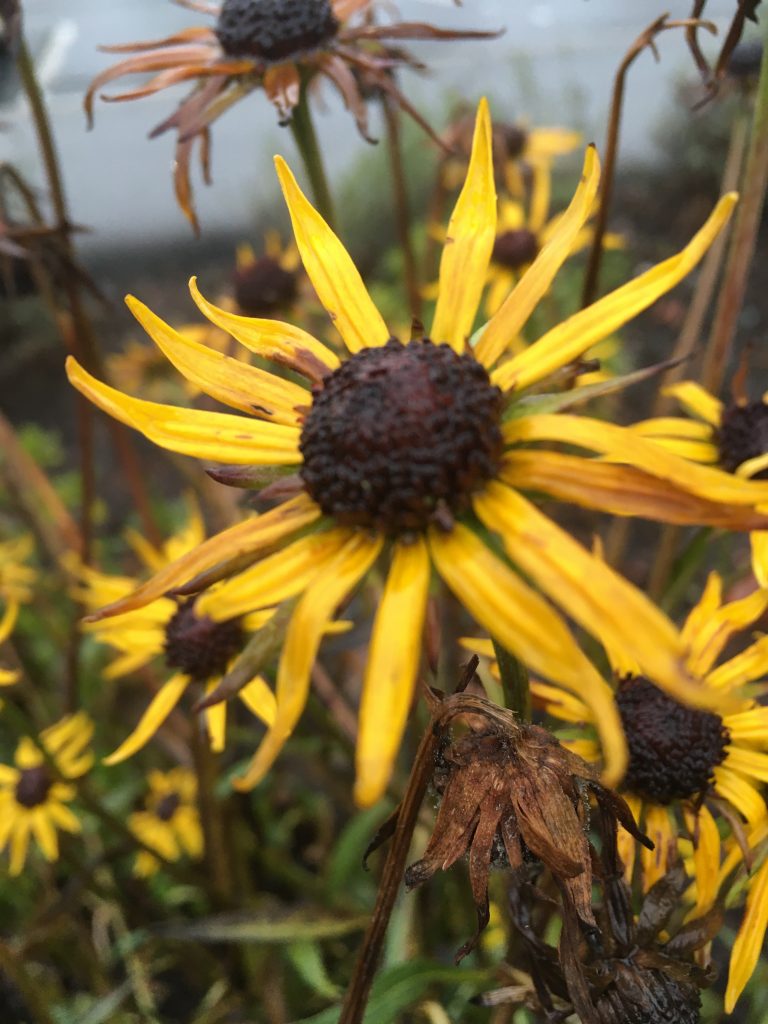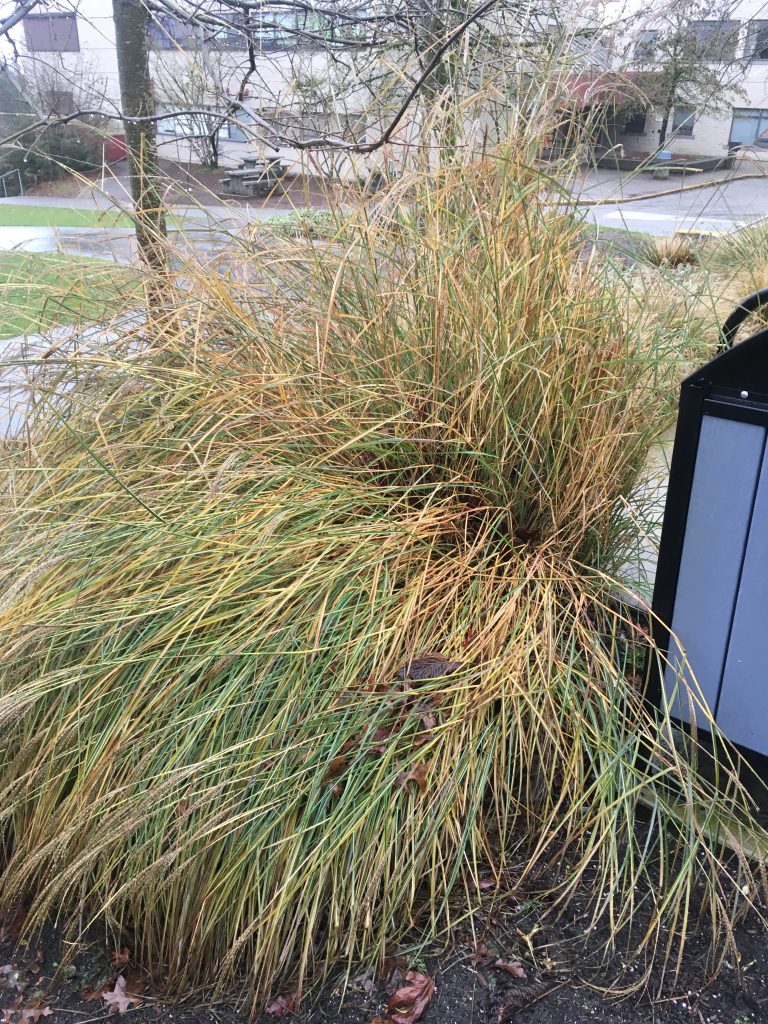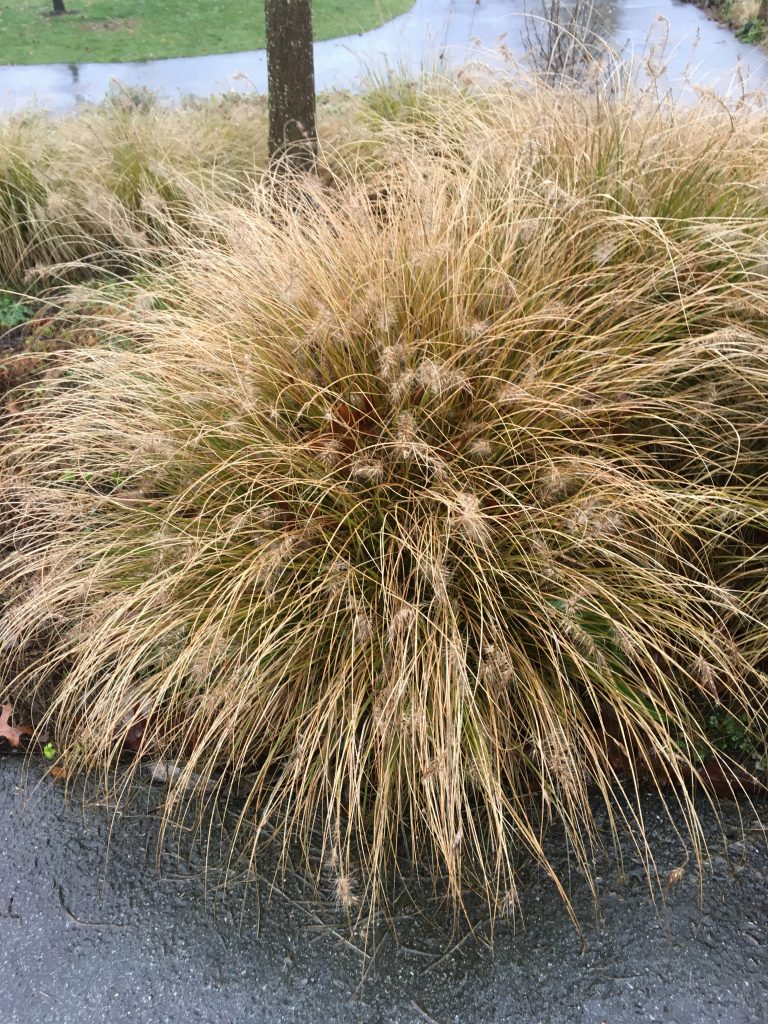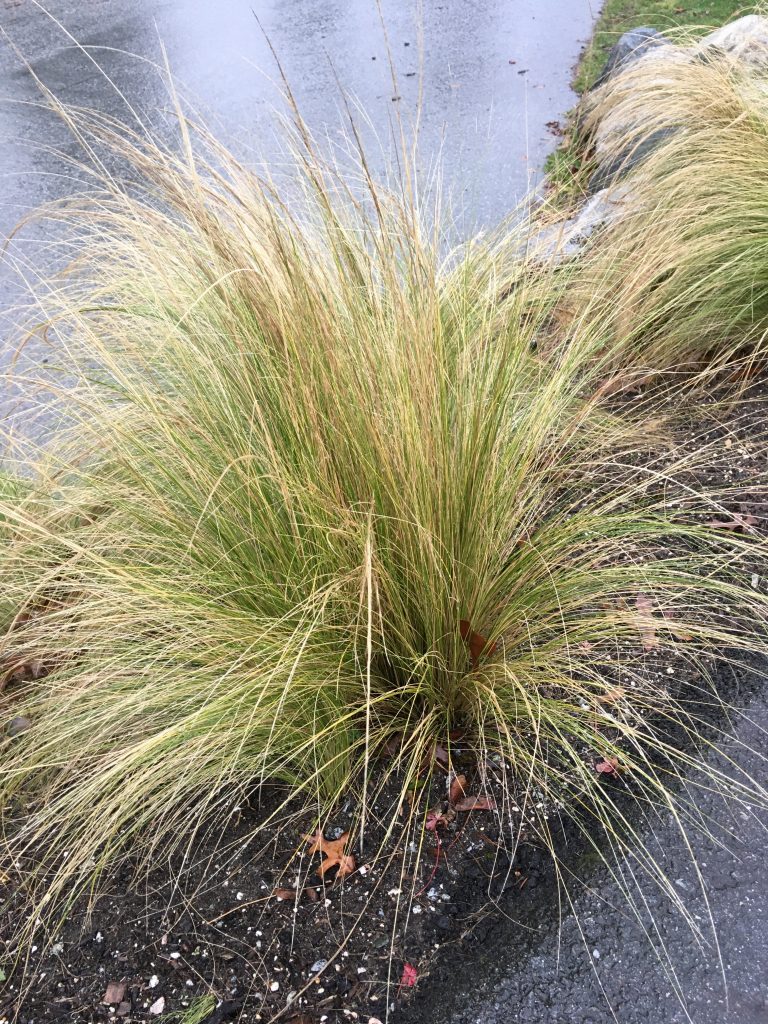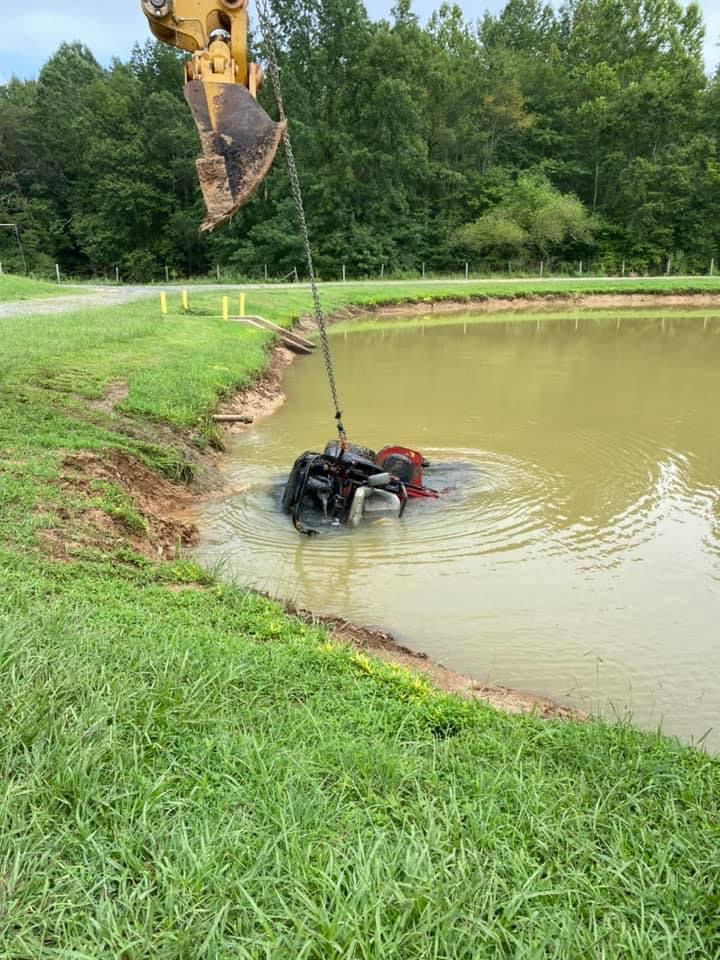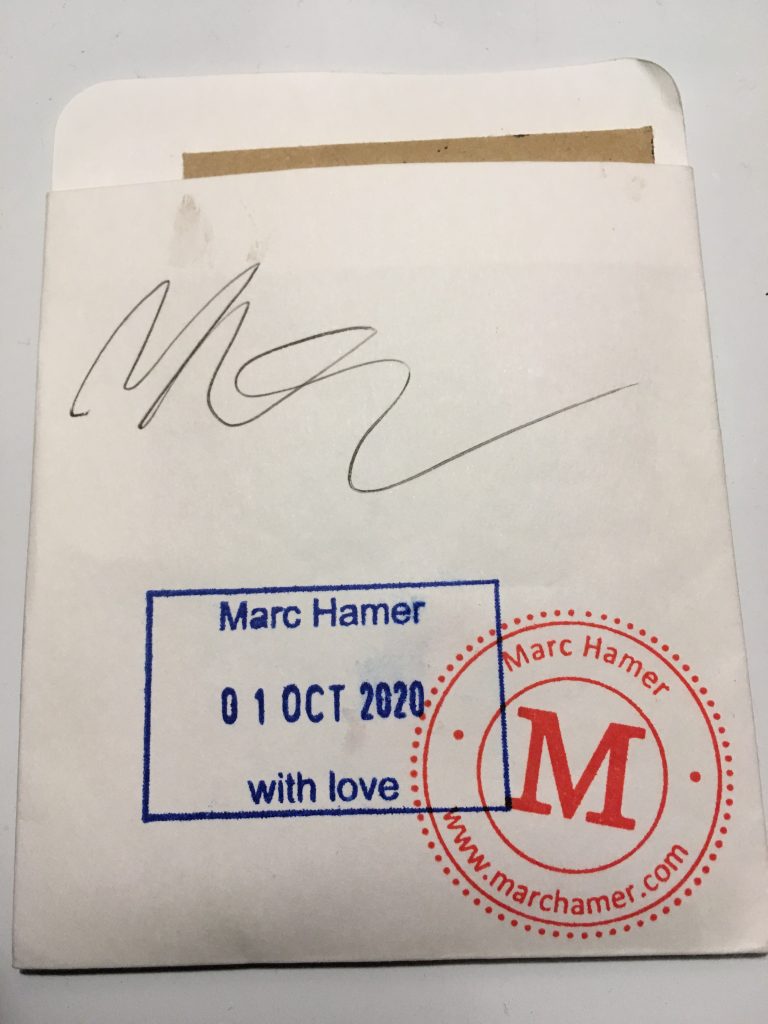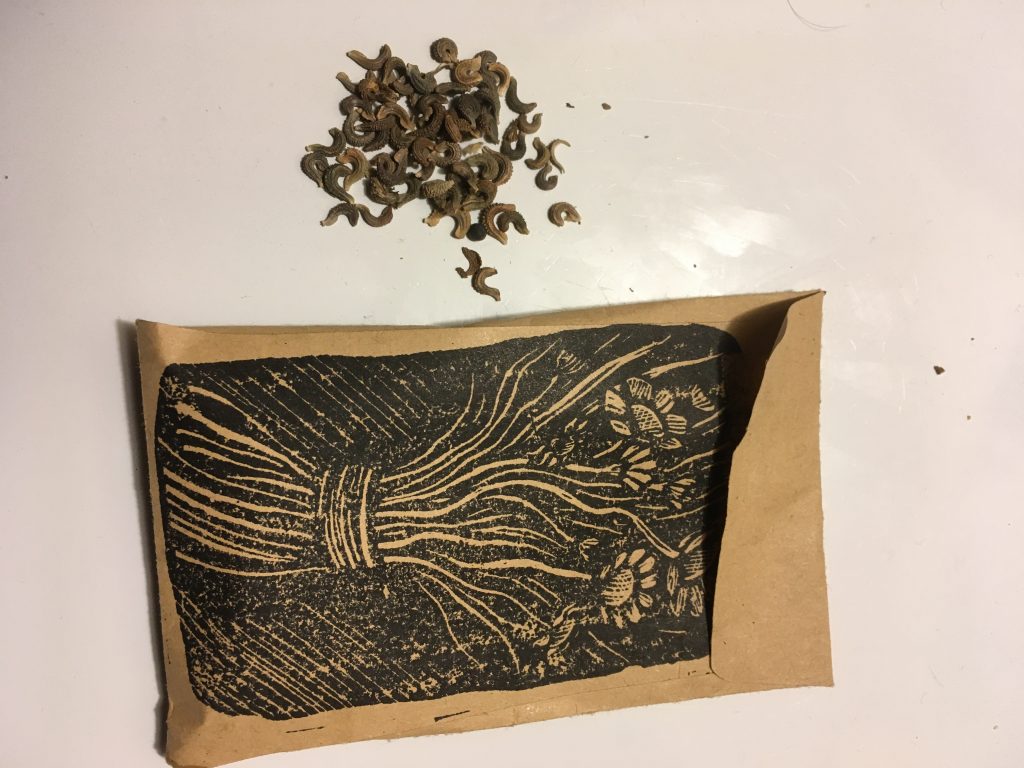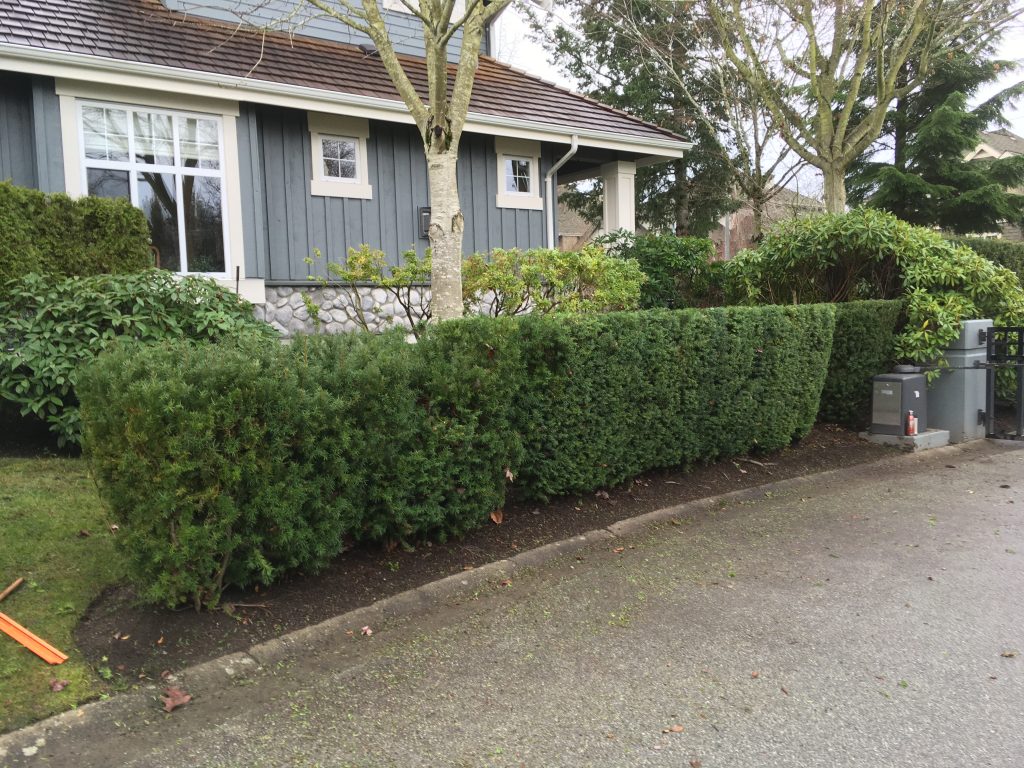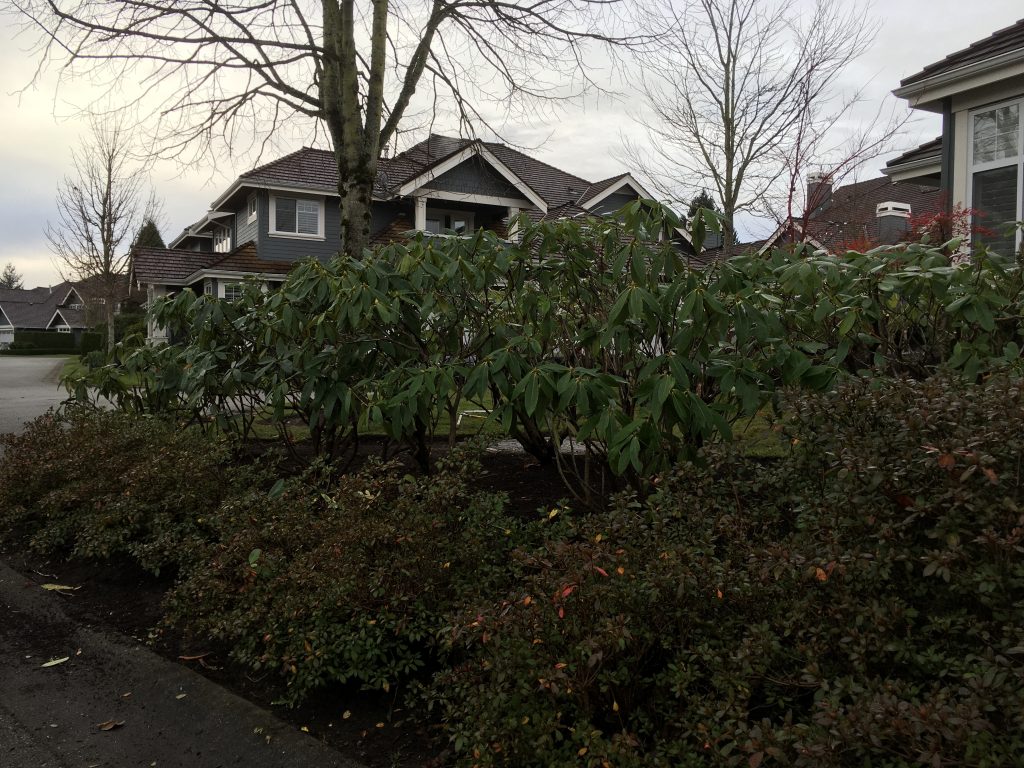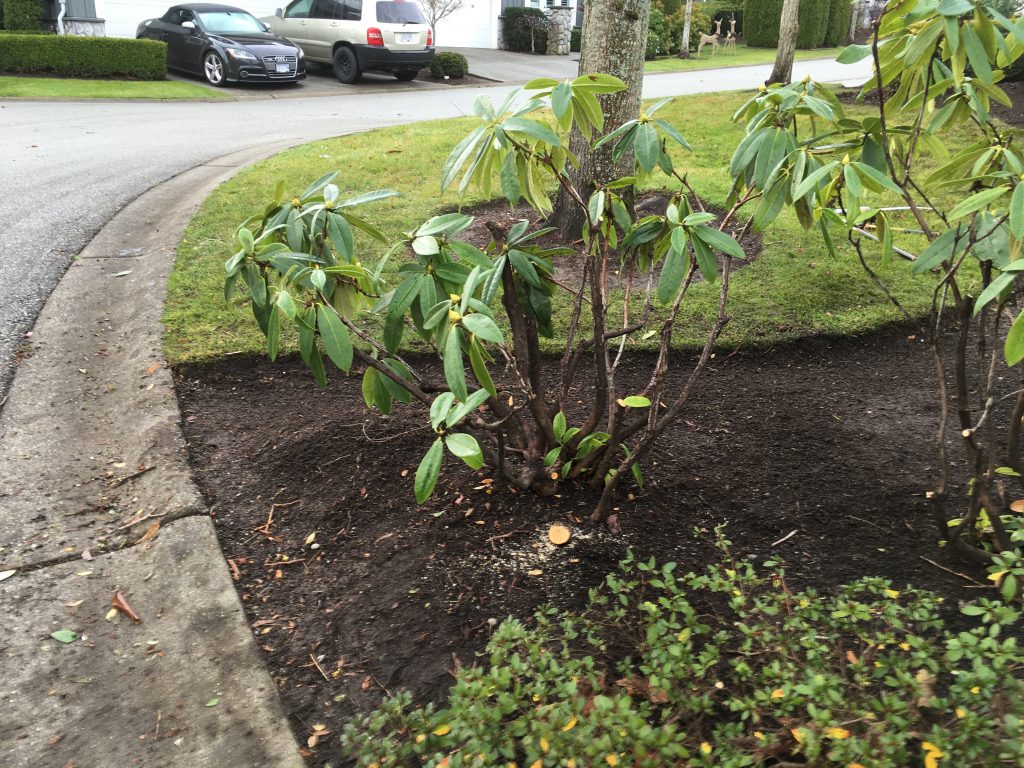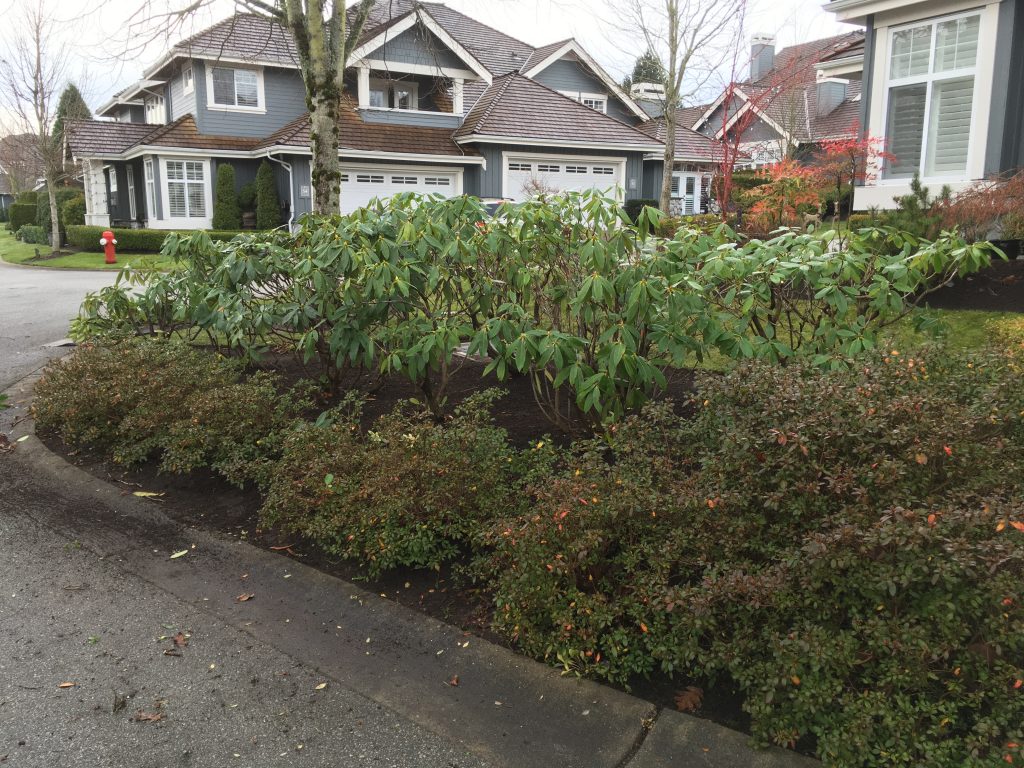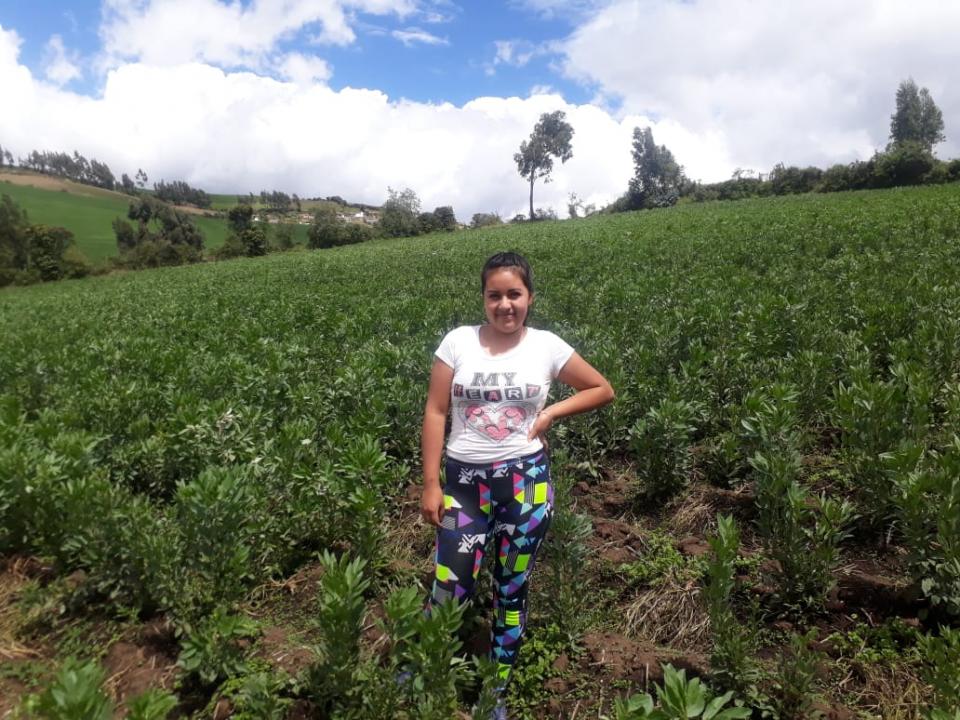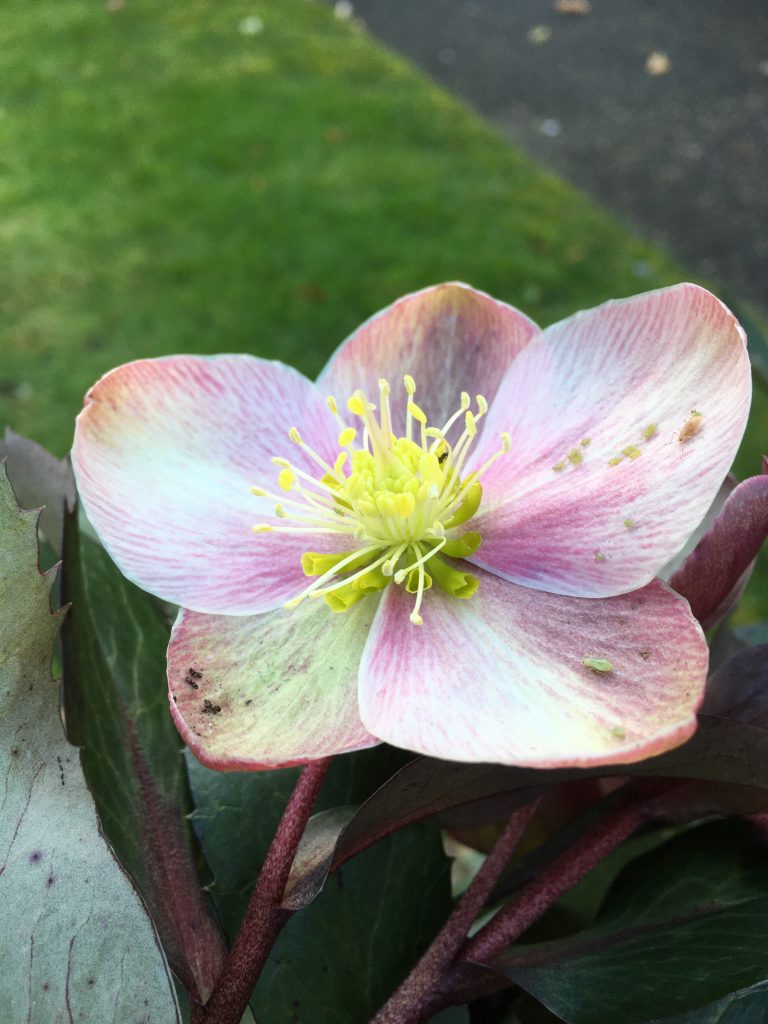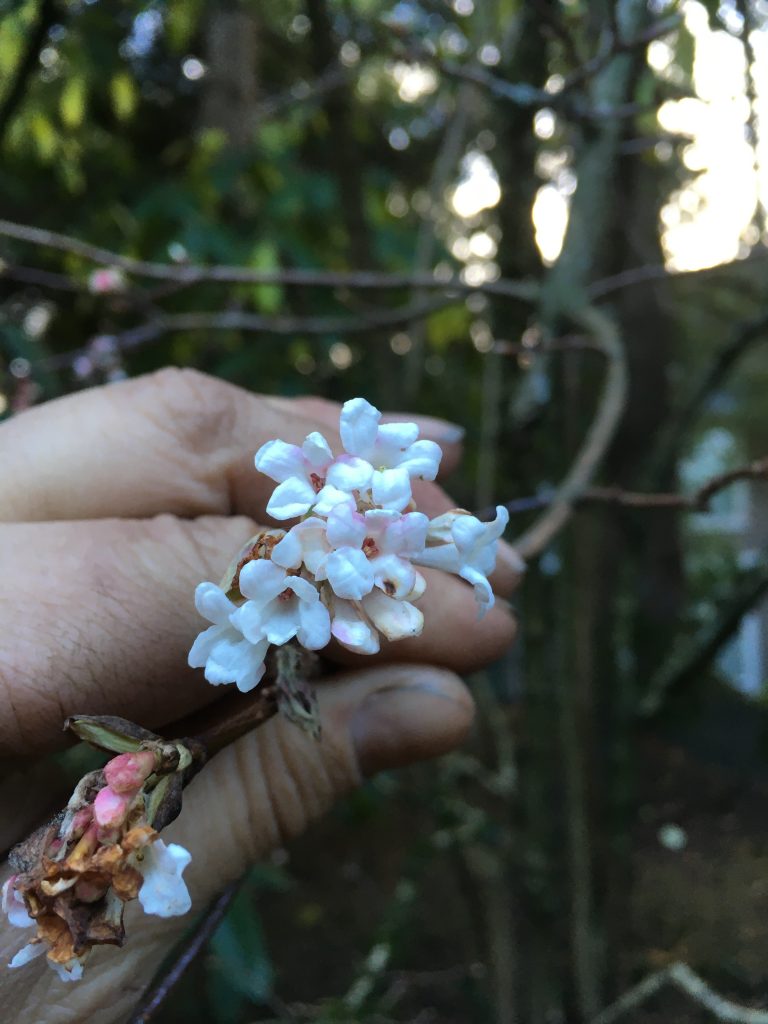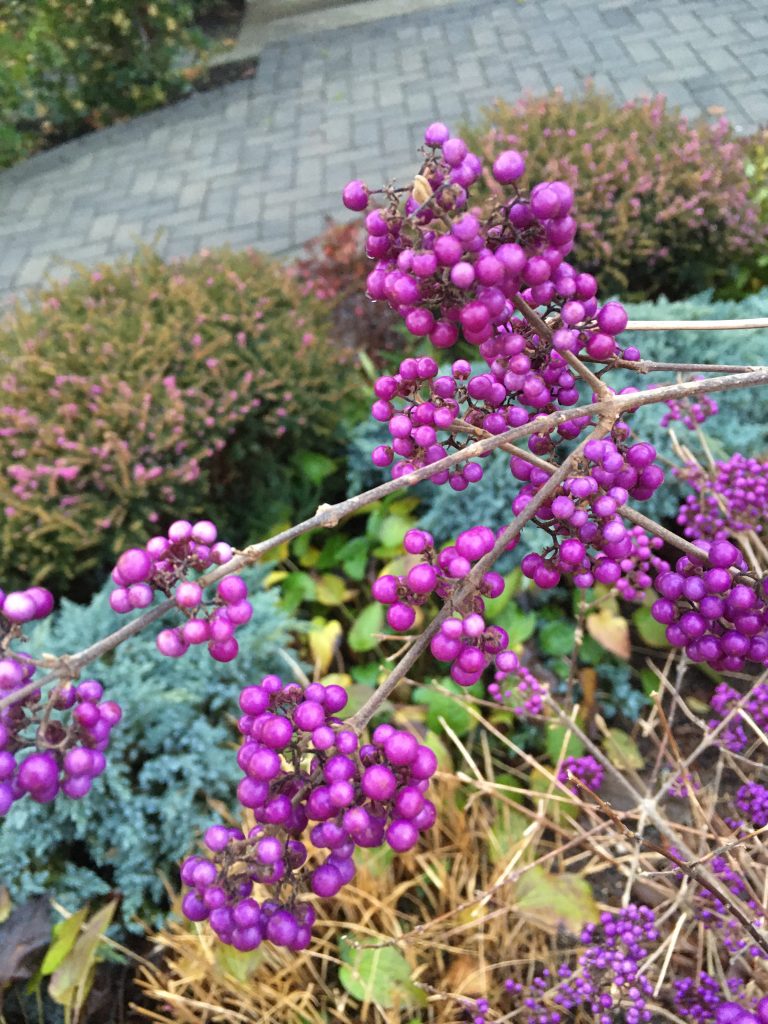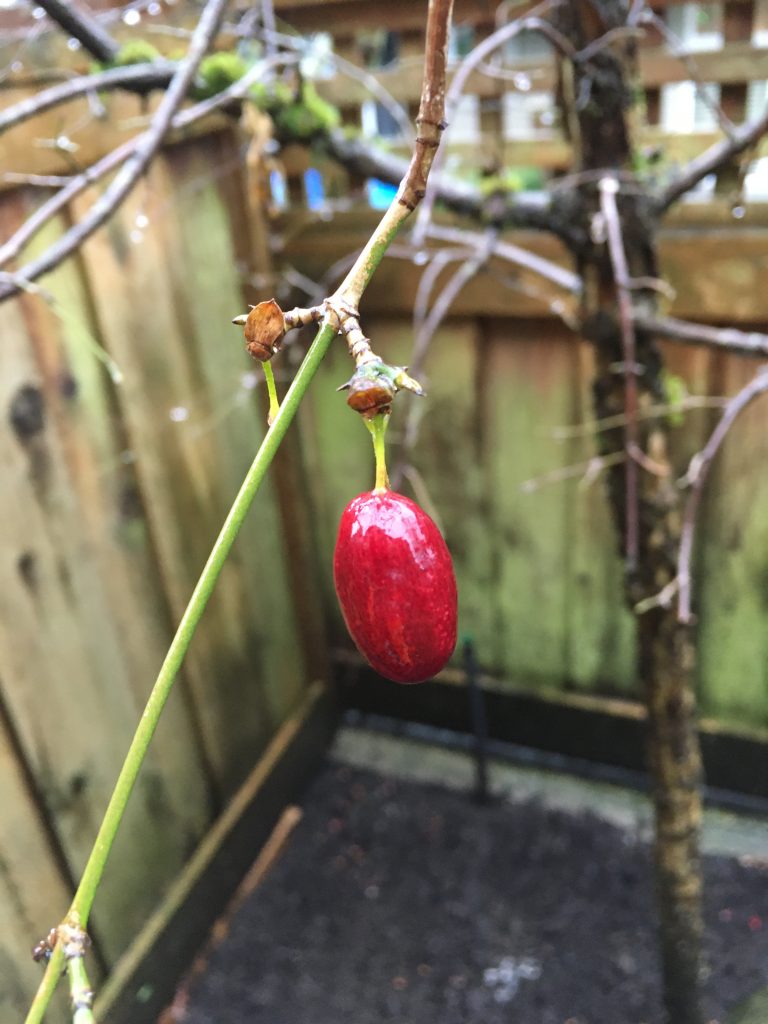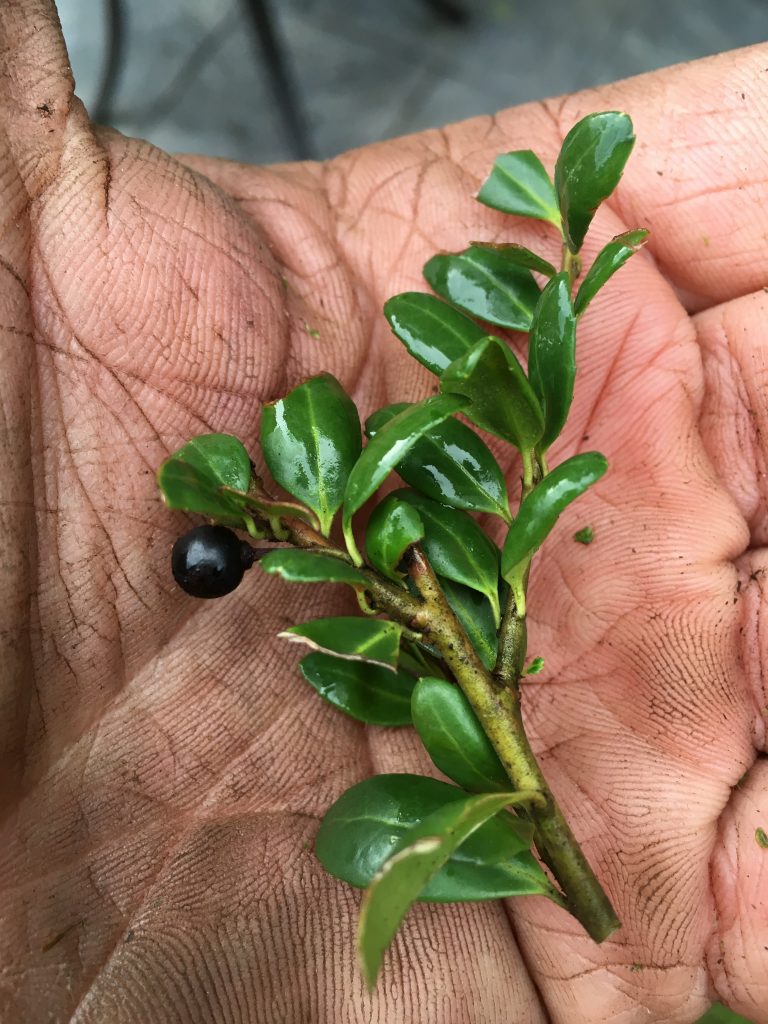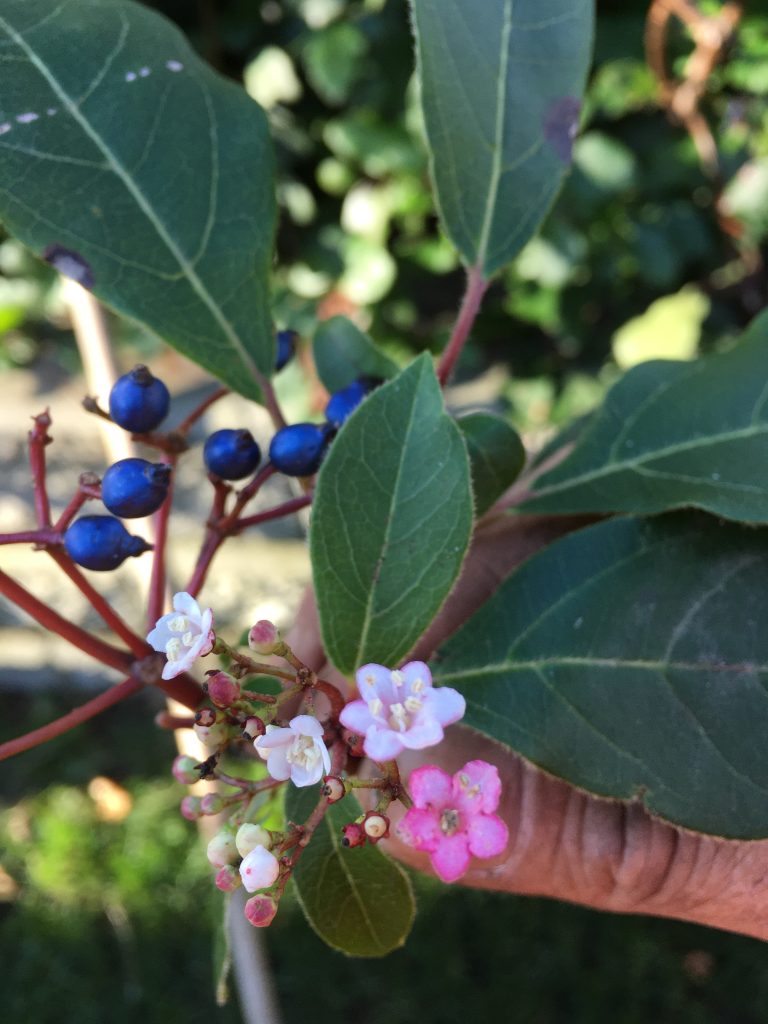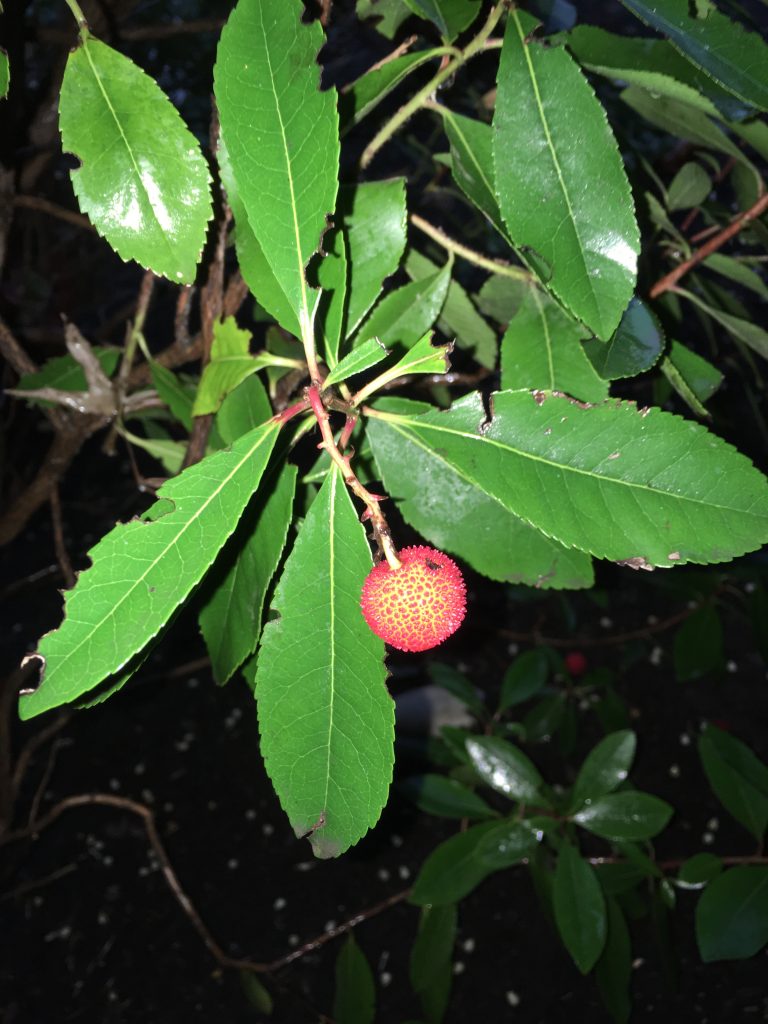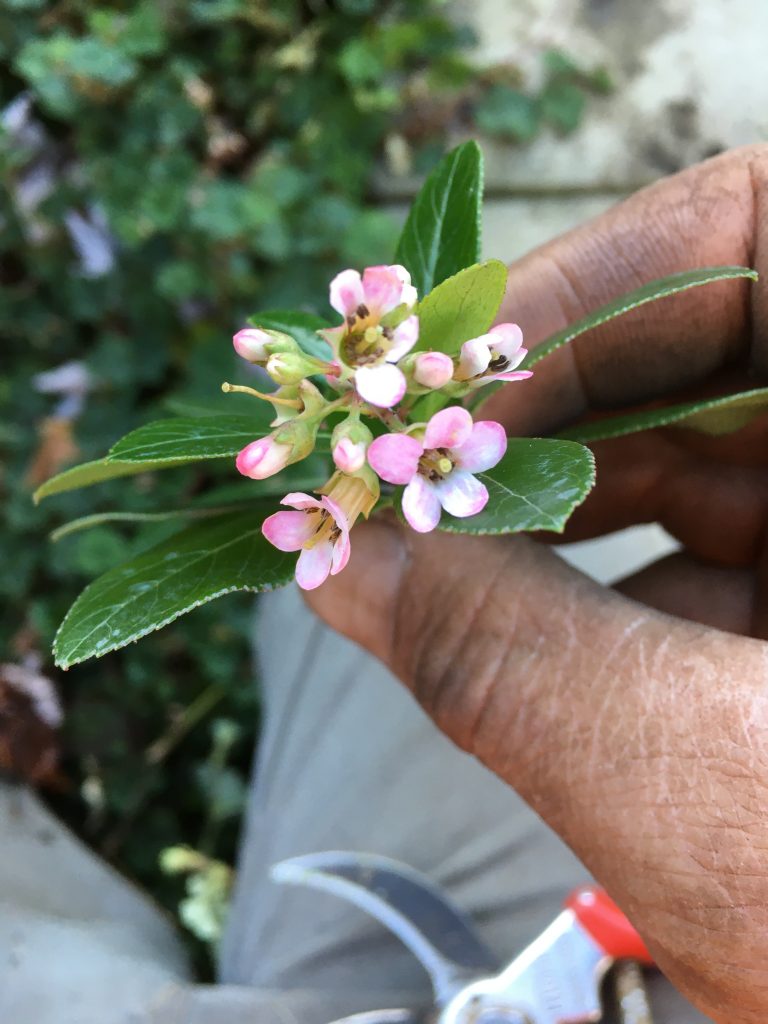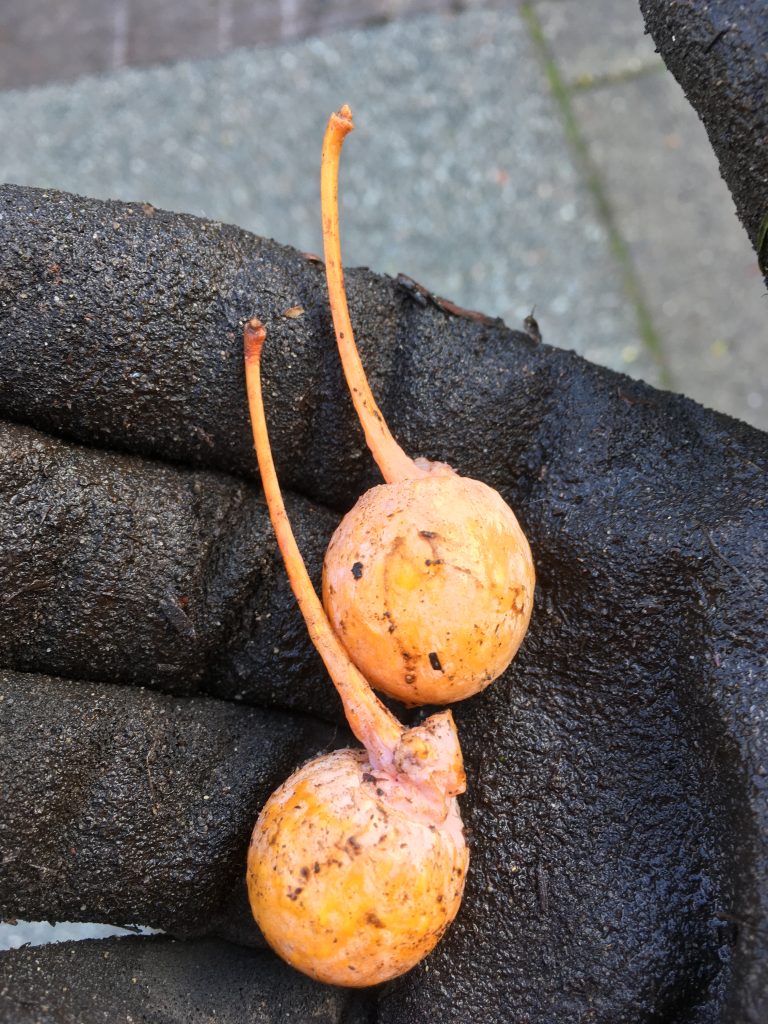What’s your goal?
Why are you pruning? What are you trying to accomplish? It’s important to get this right with your client’s help before you start pruning. Inform your clients what the resulting shrub will look like after pruning.
This will help you avoid the following embarrassing situation. A landscaper in the United States was asked to prune shrubs next to a building. So he did it.
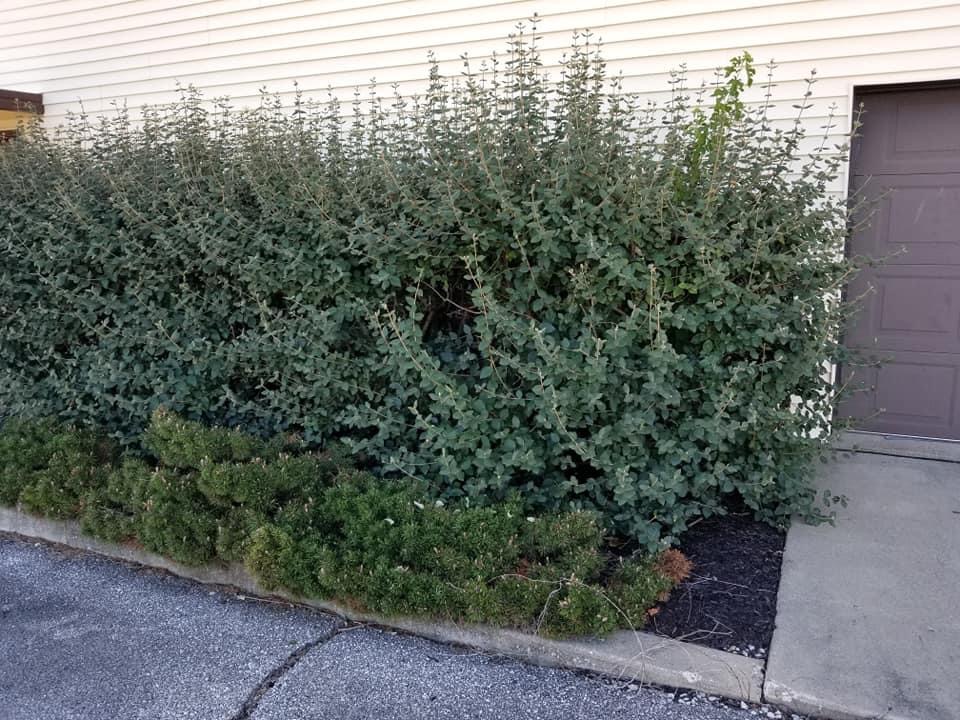
If it was me I would use power shears to give the shrub some shape back by removing the new spiky growth.
Instead, this happened…..
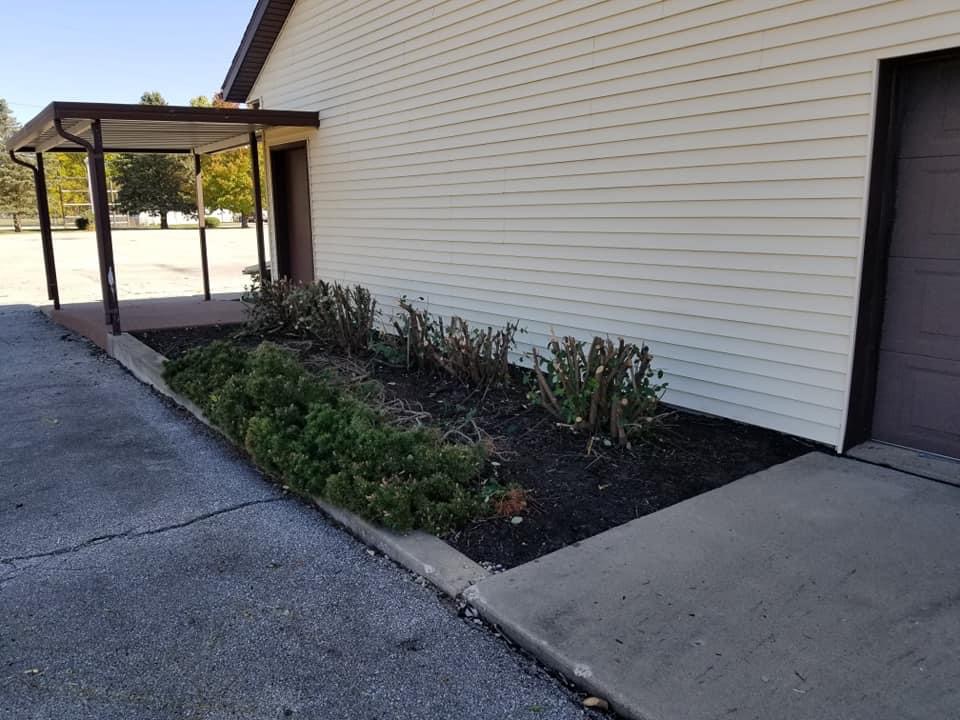
This isn’t pruning, this is, technically speaking, renovation pruning. Like you’re starting over. I could see how the client would freak out. Although, I’m sure the shrub will flush out again with new growth. It’s not fatal, unless heat stress kills the shrub.
Rhododendron renovation
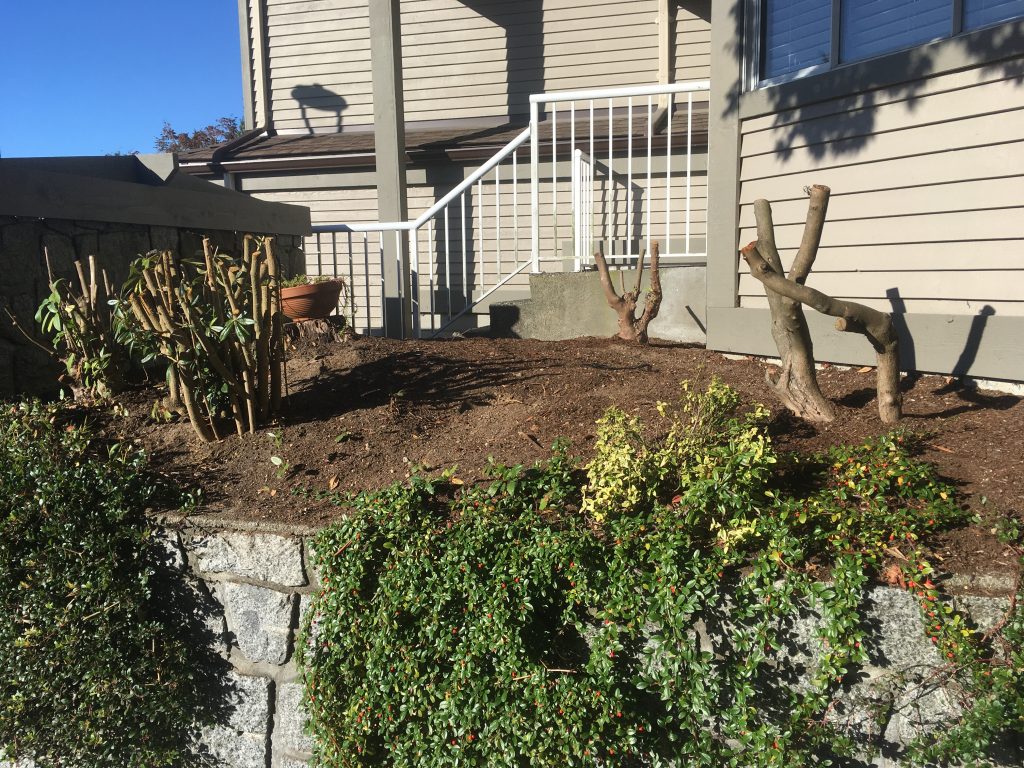
On this project it was clear from the beginning that the client would see stumps with latent buds. Once the buds pop, the Rhododendron will green up. Period. No confusion.
Reduction pruning
Reduction pruning means the size of the shrub is significantly reduced but it still looks green. Like a normal shrub. Just smaller.
Here the goal was 50% reduction to allow for better visibility from vehicles.
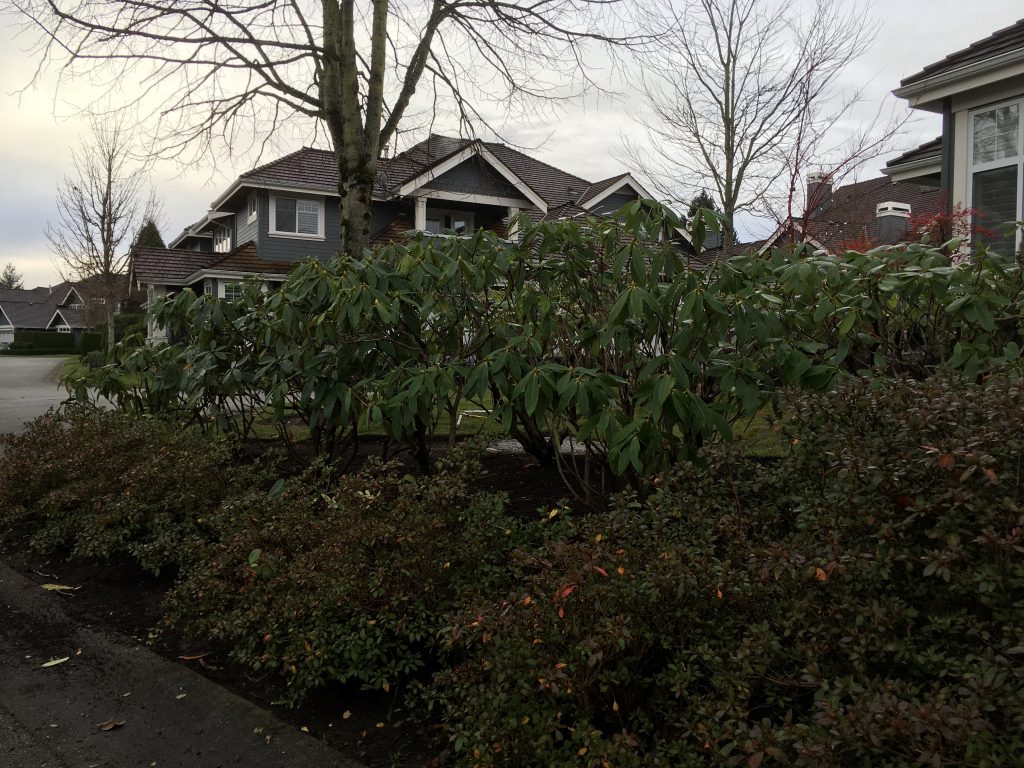
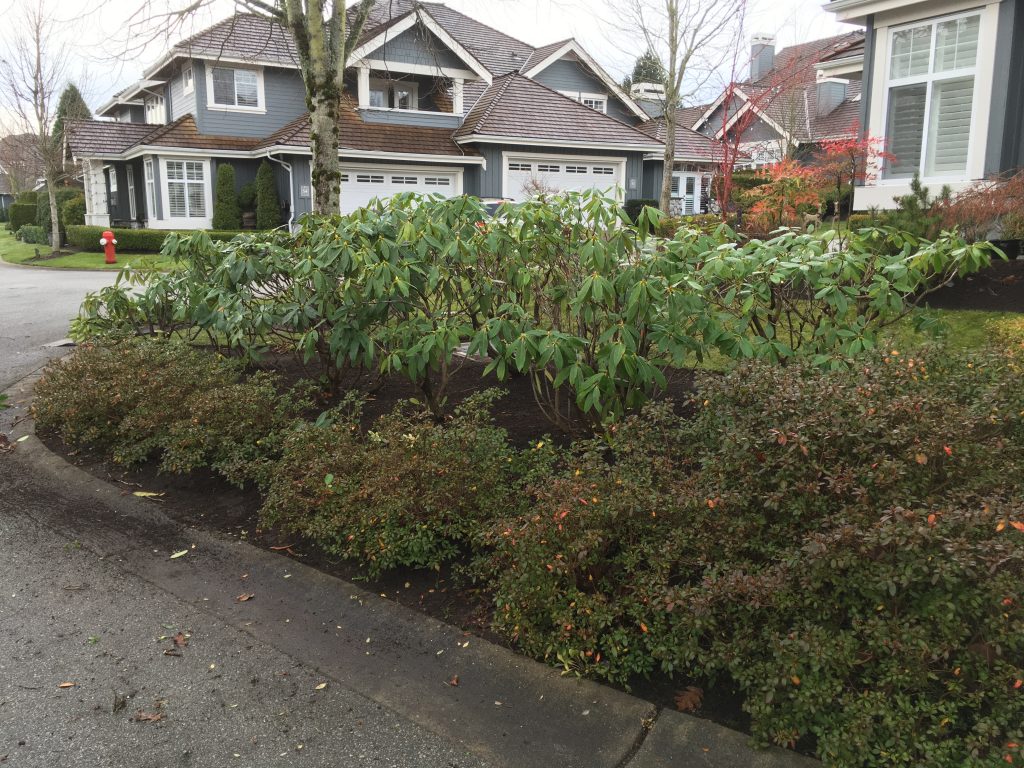
It should be noted that on this project the clients were ecstatic. That’s what we want. Our goal was clear and mutually agreed upon before we started pruning.
Typical mid-season pruning
Let’s see an example of typical mid-season pruning. I think this is what the client above expected to see.
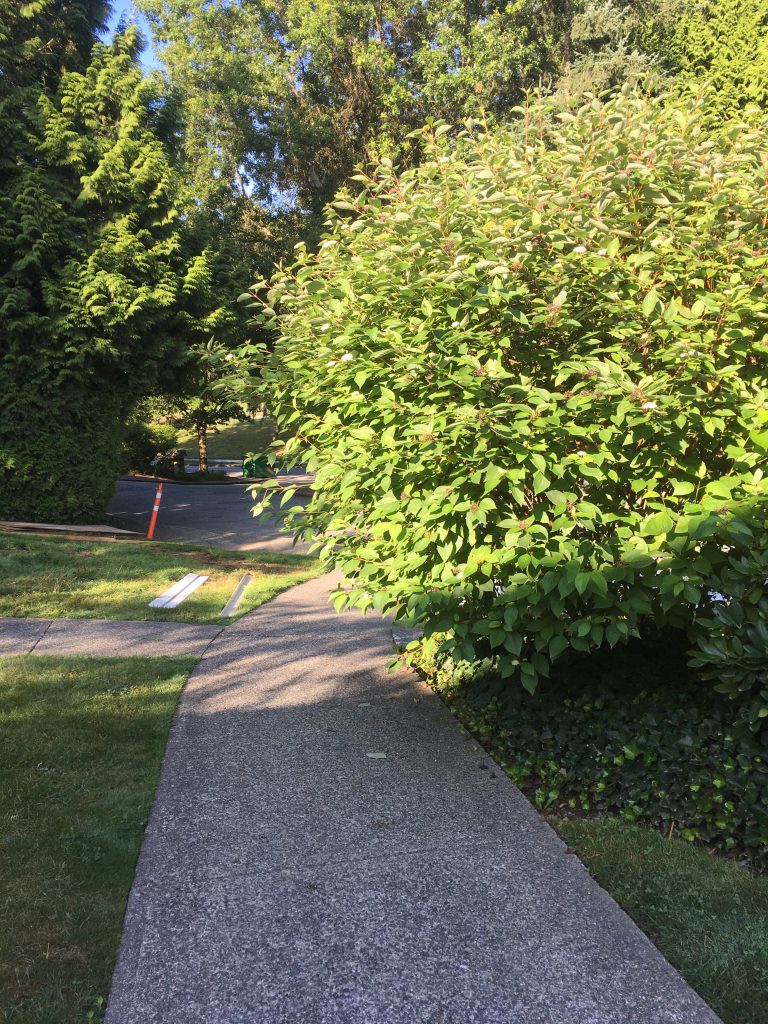
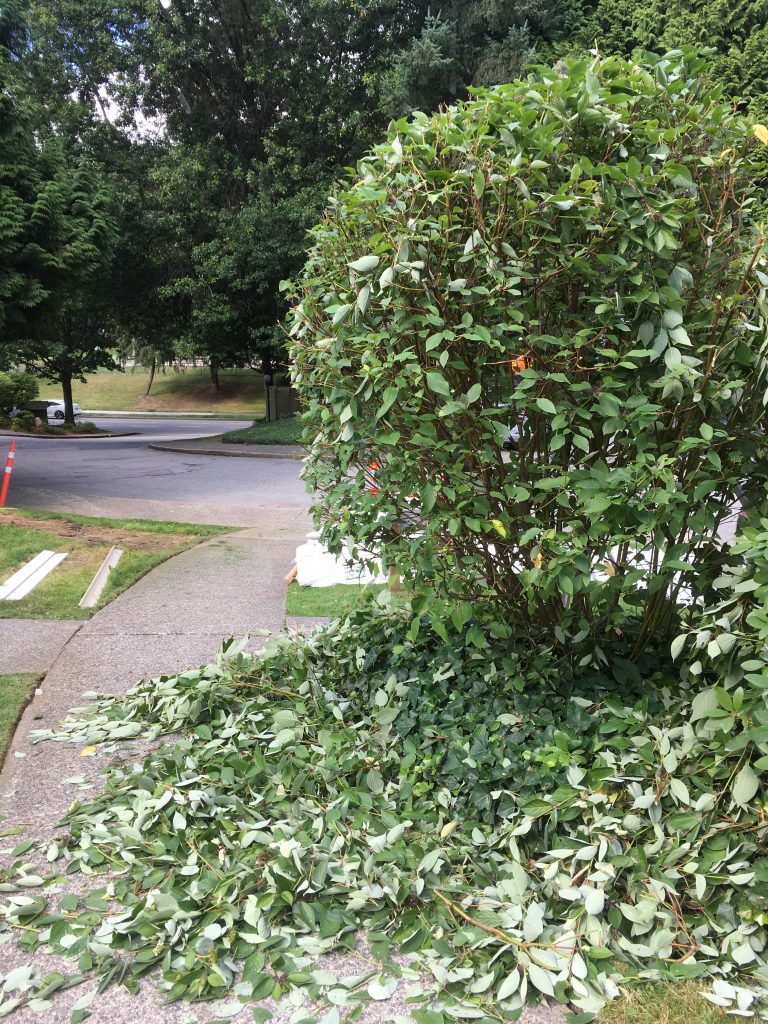
This dogwood shrub still has its shape and the walkway is clear for pedestrians. If you require loppers, you’re doing more than mid-season pruning.
Conclusion
Mid-season, reduction and renovation pruning jobs accomplish different goals so make sure you know what your client wants from you. Then over-deliver.



